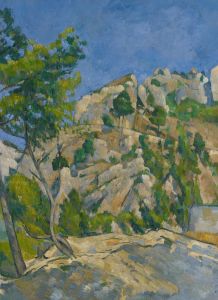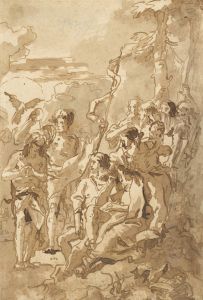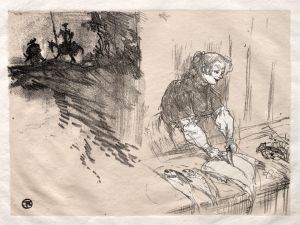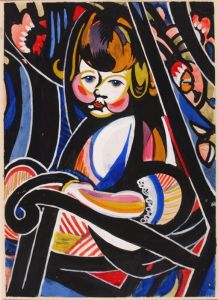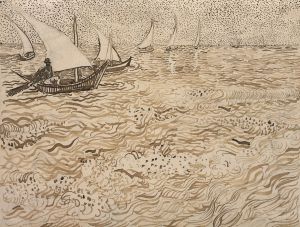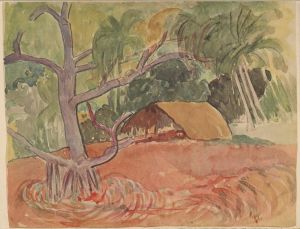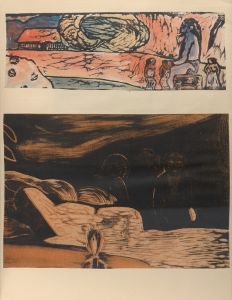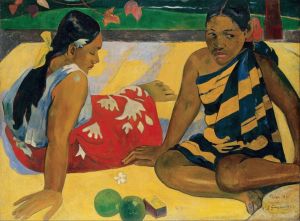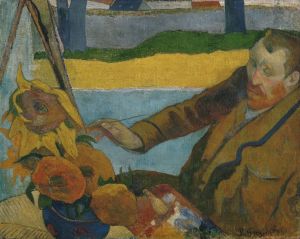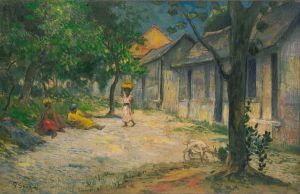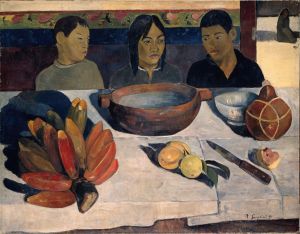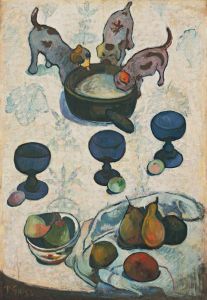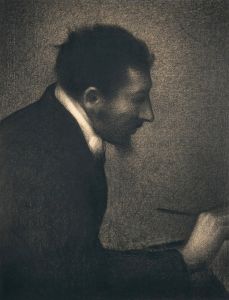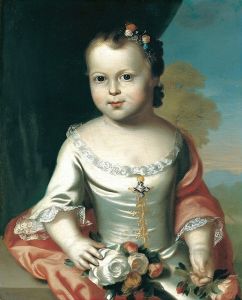
Portrait d’enfant
A hand-painted replica of Paul Gauguin’s masterpiece Portrait d’enfant, meticulously crafted by professional artists to capture the true essence of the original. Each piece is created with museum-quality canvas and rare mineral pigments, carefully painted by experienced artists with delicate brushstrokes and rich, layered colors to perfectly recreate the texture of the original artwork. Unlike machine-printed reproductions, this hand-painted version brings the painting to life, infused with the artist’s emotions and skill in every stroke. Whether for personal collection or home decoration, it instantly elevates the artistic atmosphere of any space.
Paul Gauguin, a leading figure in the Post-Impressionist movement, is renowned for his bold use of color and synthetist style that set him apart from his contemporaries. One of his lesser-known works, "Portrait d’enfant," exemplifies his unique approach to portraiture and his interest in capturing the essence of his subjects.
"Portrait d’enfant" is a painting that reflects Gauguin's fascination with the innocence and purity of childhood. Although specific details about the painting's creation, such as the exact date and the identity of the child, are not well-documented, it is believed to have been painted during a period when Gauguin was exploring themes of simplicity and primitivism. This exploration was part of his broader quest to escape the constraints of European society and find a more authentic form of expression.
Gauguin's technique in "Portrait d’enfant" is characterized by his use of vibrant colors and bold outlines, which are hallmarks of his style. He often employed a palette that included rich, saturated hues, which helped to convey emotion and mood rather than focusing solely on realistic representation. This approach is evident in "Portrait d’enfant," where the colors may serve to highlight the youthful energy and innocence of the child.
The composition of the painting is likely simple yet effective, drawing the viewer's attention to the child's face and expression. Gauguin had a talent for capturing the psychological depth of his subjects, and even in his portraits of children, he managed to convey a sense of individuality and presence. This ability to depict the inner life of his subjects is one reason why Gauguin's portraits remain compelling to this day.
Gauguin's interest in non-European cultures and his travels to places like Tahiti influenced his artistic style and subject matter. While "Portrait d’enfant" may not directly reflect these influences, it is part of the broader context of his work, which often sought to break away from traditional Western artistic conventions. His time in Tahiti and other locations allowed him to experiment with new forms and ideas, which in turn informed his approach to all his work, including portraits.
The painting is an example of Gauguin's broader artistic philosophy, which emphasized the importance of emotion and imagination over realism. He believed that art should be a reflection of the artist's inner vision rather than a mere replication of the external world. This belief is evident in "Portrait d’enfant," where the focus is on capturing the essence of the child rather than creating a photographic likeness.
While "Portrait d’enfant" may not be as widely recognized as some of Gauguin's other works, it nonetheless offers insight into his approach to portraiture and his broader artistic goals. It serves as a testament to his skill in conveying emotion and character through his distinctive use of color and form.
In summary, "Portrait d’enfant" by Paul Gauguin is a work that encapsulates the artist's innovative approach to portraiture, characterized by vibrant colors and a focus on the emotional and psychological depth of his subjects. Although specific details about the painting are scarce, it remains an important piece within Gauguin's oeuvre, reflecting his broader artistic philosophy and his quest for authenticity and expression beyond the confines of traditional Western art.





